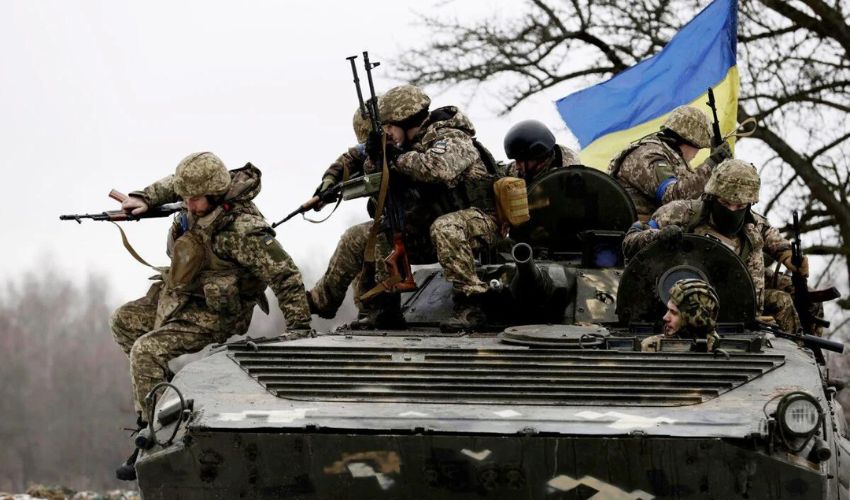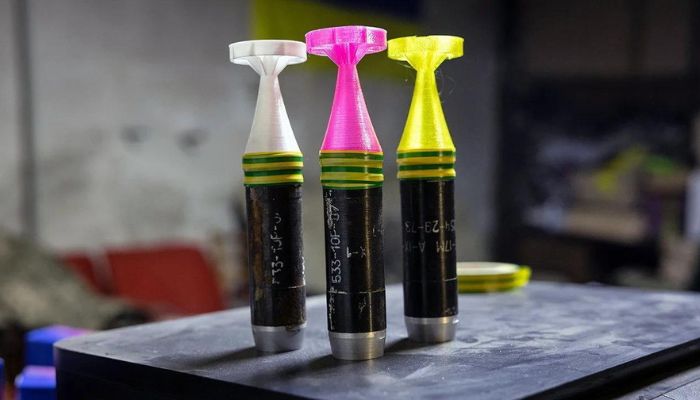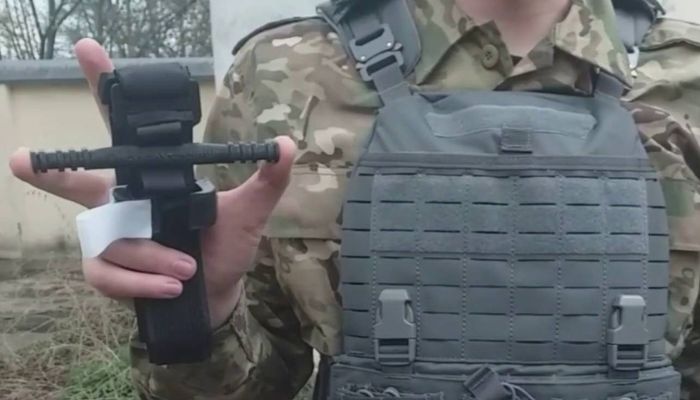3D Printed Bombs Are Helping With the Weapon Shortage in Ukraine

The conflict in Ukraine continues to escalate with no end in sight. Arguably ongoing since 2014 when Russia annexed Crimea, the full-scale invasion of the country actually started in February 2022. Although the Ukrainians have fought valiantly, the death and injury toll keeps rising and munitions are starting to run out. Indeed, in July the United States announced that it would send cluster munitions to the country to help continue the counter-offensive. But the Economist has reported yet another new weapon that could help turn the tide: 3D printed bombs.
Ukraine is no stranger to 3D printing. There have been a number of projects using additive manufacturing implemented to help with the war effort. For example, 3D printed tourniquets, prosthetics, protective equipment, drones, schools and more have been critical to helping with shortages due to supply chain complications. Now these latest 3D printed bombs have also been born from a need for innovation and flexibility on the front-lines where weapon supplies can be limited, but raw explosives are more widespread. Moreover, the bombs themselves come from communities of amateur weapon makers not only in the country but also from those on the borders including Poland and Latvia.

The 3D printed bombs being used in Ukraine (photo credits: Getty Images)
Making 3D Printed Bombs for Ukraine
According to a report from the Economist, these 3D printed bombs are not only more effective than grenades (weighing 800g rather than 300g) but they cost less, with one group noting that they can be produced for less than $3.85. They have been nicknamed “candy bombs” and boast cutesy names including “Zaychyk” (or “Rabbit”) and are being produced en masse. For example, one group in Ukraine claims that it is able to 3D print around 1000 plastic shells for the explosives every week which are then filled with C4 and pieces of steel shrapnel. Furthermore, it seems as well that production will be scaled up even more as the military contact for this same group has requested at least 1500 3D printed bombs a day.
Other groups outside of Ukraine are also taking part. These include the Druk (“Print”) Army who has produced more than 30,000 candy bombs in the past four months. Another from Latvia has reportedly shipped 65,000 bombshells from Europe. In fact, the Economist has reported that Ukrainian customs officials are even turning a blind eye to them, classifying shipments as children’s toys or candle-holders.

3D printing has been used for a number of different applications to help with the war effort, including these 3D printed tourniquets (photo credits: 3D Printing for Ukraine)
The next step now, similar to that of the work by the maker community during the COVID-19 pandemic, is to standardize production and become more professional for more effective results. Currently, it seems that there are around 200 different models and sizes of the 3D printed bombs. Once supply chain issues related to components coming from different workshops have been solved and there has been reduction of types of candy bombs, it is expected for the industry to become increasingly more professional. A testament indeed to the usefulness of 3D printing in general for applications where innovation and flexibility convene.
What do you think of the use of 3D printed bombs in Ukraine? Let us know in a comment below or on our LinkedIn, Facebook, and Twitter pages! Don’t forget to sign up for our free weekly Newsletter here, the latest 3D printing news straight to your inbox! You can also find all our videos on our YouTube channel.
*Cover Photo Credits: Kyodo via AP Images







Worst use of 3d printing ever, NOT making the world a better place!
Worst use of 3d printing ever, NOT making the world a better place!